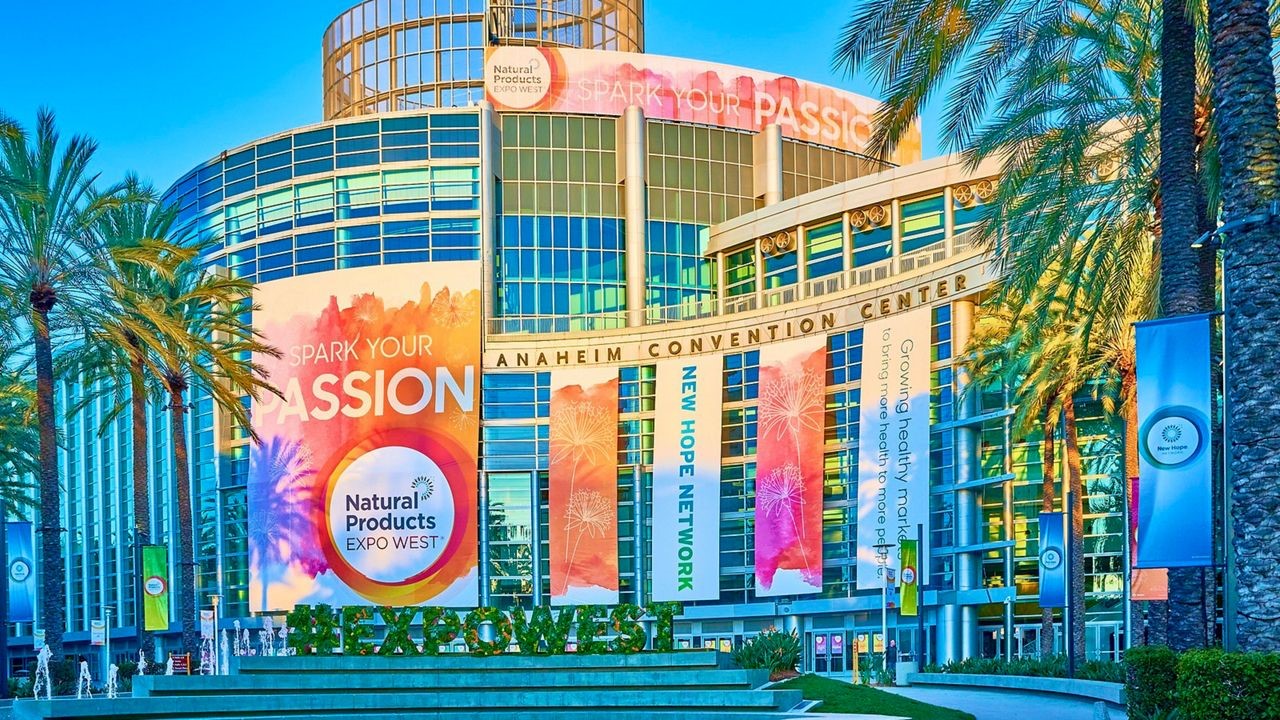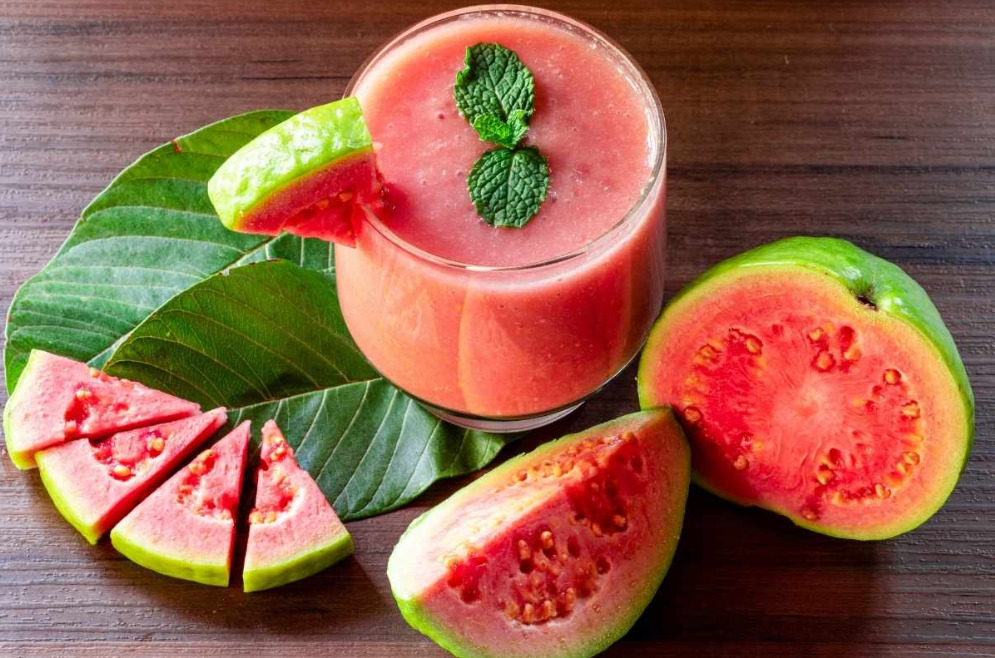2022 came and went quicker than ever. The food and beverage industry was exciting and lively as many trade shows opened their doors and innovation was flying. 2022 was the year where the future of plant based alternatives took a turn, consumers started to evaluate what health means to them, prebiotics became a hot ingredient in beverages, and the energy drink sector continued to boom. While we enter into the new year and welcome 2023 with open arms, we take what we learned in 2022 with us to continue to innovate and pioneer new trends.
Big Ideas Affecting Food and Beverage
It seems as though new technology, sustainability efforts, and innovative product development have teed up the innovation for 2023. Global events and consumers’ perception of their realities will shape what trends we see this year. Economic volatility continues as food and beverage prices rise and the emptying of shelves are impacted by the fall out from political unrest, the Covid-19 pandemic, and continued supply chain issues. This rise in prices along with consumers purchasing products that align with their values is driving demand for affordable nutrition. This coincides with consumers wanting to eat better with 41% saying that product development should be driven by health, 30% saying affordability, and 28% saying naturalness according to Innova Market Insights. Consumers want delicious and nutritious options that don’t break the bank. More than half of consumers find cost and value important when purchasing food and beverages. The idea of affordable nutrition also holds product developers to be more transparent with the ingredients used and why creating a layer of trust is so important.
Beyond economics, consumers and start ups are tackling environmental waste and nutrition. With more companies talking about their carbon footprint and how they’re off setting it, there is focus on alternate methods of farming, using food waste as upcycled ingredients, and environmentally friendly packaging. According to Innova Market Insights, consumers are redefining their value with fresh products listed as number one followed by locally produced and the addition of functional ingredients. In fact, 70% of consumers prefer products with transparency around sourcing and farming. Consumers want to support brands they trust as many feel as though the food industry is filled with secrets and loopholes. This level of accountability helps solve those unsettled feelings.
Big Picture Flavor Trends
Over the past 3 years, there has been a 30% annual growth rate for seasonal limited time offerings. Consumers are craving new flavor experiences across all market sectors. This demand is also met with a need for authentic food experiences and global inspirations and flavors. Global flavors have made their way into drinks, snack mixes, and desserts. Elote, Thai sweet chili, garam masala, and gochujang have emerged in the snack and seasoning sectors. These global flavors were made popular among restaurant menus in 2021 and 2022, making their mark on consumers. Since the pandemic, there has been a push to make authentic food experiences at home. There is a large demand for seasoning blends, sauces, and marinades. Asian flavors in combination with other global cuisines are creating a dynamic fusion of flavors. Vietnamese coffee, mangonada, and chai spice have proven to cover indulgence and sweet heat in beverages ranging from RTD coffee to flavor syrups and functional beverages. This trend looks like it is going to stay true through 2023 with new seasonal launches throughout the year.
Nostalgia has been on the trend list since 2020 when consumers wanted to be taken to a simpler time. The golden era of the 90’s and 00’s are driving product development with flavors like fruity cereal, s’mores, and frosted animal cookie. Enter “newstalgia”, which is taking nostalgic foods and adding a modern twist to it. Brands may be bringing back old favorites with updated formulas, packaging, ambiance, and even virtual collectibles. This is a favorite across all generations as it is exciting to revel in foods from our childhood.
Sweet and spicy is a balance of flavors commonly used throughout the food and beverage industry. However, this trend is expanding and hitting products like cereal, chips, trail mix, and alcoholic beverages. Hot Honey, used on pizza, sandwiches and even ice cream, has grown 53% in consumer interest in the past two years alone. This only gives a glimpse into the possibilities the “swicy” trend has in store for flavor innovation. Pineapple or mango habanero is a fan favorite, Jalapeno Lime is a true classic and the surge of Thai chili hasn’t slowed down. We expect this trend to be heavy during summer months.
Lastly, botanicals have been talked about since 2021 and had a small peak throughout the last couple years. This year we expect the number of product launches, specifically in beverages, to blossom with botanicals. This has been seen heavily in better-for-you sodas, mocktails, and functional beverages. The botanicals used often cater to the function of the beverage such as lavender for calming and sleep, lemongrass to energize, and rosemary for focus and mental clarity. Botanicals are a powerful tool to associate between function and health. As consumers look for healthier options, these flavors can be pivotal in the overall flavor experience.
Sports Nutrition Trends
There is no shortage of innovation in sports nutrition. Key factors in buying sports nutrition include the health aspects of products, the cost, the flavor, and the brands. Sugar reduction is a hot topic in the food industry that spans more than just energy drinks. According to Innova Market Insights, America is driving the demand for this. While many consumers are limiting added sugars, others are turning to more natural sweeteners. In 2021, 55.5% of new food and beverage launches had a no added sugar claim. These launches included alternatives like stevia extract, monk fruit extract, erythritol, and agave. In addition, many consumers are looking for products with less processed ingredients and locally made claims. “Made in the USA” front of pack claims garnered high sales growth within recent years. Lastly, many formulators are putting in more to their products as a secondary functionality; immune support is the top claim being made. As consumers see working out and movement as more necessary for their physical and mental health, these trends will continue to evolve.
Protein
Protein is dominated by dairy but the tide is changing. As more plant based options become available, new technology is being deployed using precision DNA sequences. This technology allows for better taste and texture without using animal products. Perfect Day has dominated this category in 2022 with many milestone products hitting shelves. We are eager to see what’s next and how this sort of technology will grow in the industry.
Most can agree that the plant based protein options could use improvement on texture and flavor. This is because plant protein is hard to work with to get as close to dairy protein as possible. According to Innova Market Insights, 25% of consumers are using more plant protein than previous years. It’s becoming more common to use blends of brown rice, pea, quinoa, and other plant based options to help with the texture and taste issues. On the other hand, dairy protein makes up 34% of total sports nutrition launches. This category is set to see more proteins launched with grass fed whey and no preservatives.
Protein is unique in that classic flavors will never be over done. Chocolate, vanilla, and strawberry will continue to thrive especially in 2023 in the back to basics trend. There is also great innovation happening with brand collaborations, nostalgic flavors, and fun twists on the classics like chocolate mousse, vanilla frosting, and strawberry shortcake. However, there is a growing interest among consumers to explore fruit flavors with mango seeing a 102% increase in launches over the past few years. The differentiation in protein products this year will be front of pack claims on sustainability and ingredient sourcing, as well as functional ingredients.
BCAA’s
BCAA’s are coming back with a vengeance. Exciting new flavors, formulations, and packing are sure to keep products rolling out. More RTD’s will be hitting the shelves that have dual functionality of amino acids and hydration benefits for optimal post workout recovery. Increased demand for low or no calorie options will drive more zero sugar claims. Just as it has impacted energy drinks, fantasy fruit flavors and unique flavor combinations will continue to rise in popularity. With flavors like passion fruit showing a 78% year over year increase since 2017, tropical fruits will drive innovation this coming year.
Pre-Workout
Pre-workout differentiates from energy drinks usually by the actives in formulation. However, the trends for 2023 are very similar. Pre-workout brands will continue to put out ‘typical’ formulations with a heavy hit of caffeine, beta alanine, and citrulline as ingredient staples. This year, natural functional ingredients will popularize, including mushroom extracts, specifically cordyceps for endurance, lion’s mane for cognition, and turkey tail mushroom for a boost in energy. Additionally, antioxidants and ashwagandha are becoming increasingly popular. To spice things up, cayenne pepper and black pepper are showing up more with a potential claim of thermogenic properties. The great thing about powder is the ingredient options can be up to the imagination. Many ingredients that were previously deemed insoluble have a *more* soluble solution. Fanciful names are going to continue to hit the shelves and more brand collaborations are bound to bring up nostalgic flavors that resonate with consumers. These also transition to RTD pre-workout energy beverages that are steadily becoming an entire aisle in grocery stores.
Energy Drink Trends
Energy drinks come in all shapes, sizes, functionality, and flavors these days. This category doesn’t look like it is slowing down any time soon, especially since about 85% of Americans consume at least one caffeinated drink per day. There is a larger push for natural ingredients like naturally sourced caffeine, sweeteners, and flavors. However, sugar isn’t going to cut it as a natural sweetener with consumers looking for sugar free or low sugar claims. No preservatives and low or no calorie options continue to flourish. There is growing interest in immune health and plant based options, as well as additional functionality for mood, focus, and performance. Unique and exotic fruit combinations are popular among consumers as berries, citrus, and tropical fruit flavors dominate the category. In 2023, we expect new fruit flavor combinations and fantasy/ nondescript flavors. These refreshing and indulgent flavors will continue to drive this category along with functionality.
Enhanced Beverage Trends
Enhanced beverages and functional beverage launches have soared since the pandemic. Consumers are getting away from sugary sodas and finding alternatives that make them feel good both physically and mentally. Functional beverages have captured about 43% of total RTD launches in the US in 2021 according to Innova Market Insights. This 43% is made up of soft drinks, dairy beverages, and sports drinks. Consumers are focused on 4 key segments; gut health, immune function, energy/ alertness, and emotional/ cognitive health. We are expecting an increase in various mushroom and plant extracts, specifically ashwagandha, lion’s mane, turmeric, and ginger. Other ingredients like prebiotics, probiotics, and fiber will continue to be prevalent in gut health focused beverages. We anticipate the conversation around postbiotics, components of dead gut bacteria that provide benefits to the live bacteria to keep our gut microbiome healthy, to continue to grow and see more applications where they are utilized.
Functional and enhanced beverages can be tricky, as some ingredients may impart off notes. To combat this, we recommend using masking agents and choosing flavors that compliment the off notes. Citrus flavors like grapefruit can help with bitterness while botanicals work well with earthy flavors and are an excellent compliment to fruit flavors. The botanical and fruit combination continues to soar in this category as well as an emphasis on tropical fruit like mango, passion fruit, and guava. With 1 in 7 Americans wanting products that have health boosting ingredients, the innovation in functional beverages won’t be slowing down anytime soon.
2023 is the year of transition. It will be filled with health focused products that consumers can use to personalize their diets. Mentions of sustainability, upcycled ingredients, and ethical sourcing will find their way on packaging of various products. There will be an overwhelming emphasis on unique flavor experiences and while there may still be brand collaborations, limited time offerings will drive a lot of growth. At Flavor Insights, we are so excited to embrace these trends and help you navigate product formulation. We are your flavor and beverage experts ready and committed to helping you grow your brand and deliver great products. Looking for more information on specific topics? Contact us at taste@www.flavorinsights.com.



